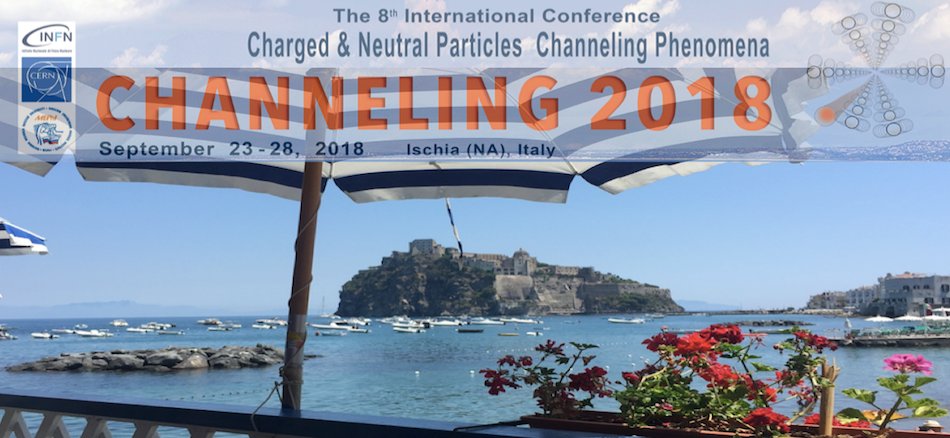Speaker
Prof.
Nikolay Kalashnikov
(National Research Nuclear University Mephi)
Description
The ultra-relativistic electron with energy E up to 10^11 eV moving along the crystallographic axis in an axial channeling mode, can be considered as a non-relativistic 2D-atom, possessing the discrete spectrum of energies and orbital momentum, if the electron motion is considered in the so called accompanying reference system (ARS), moving parallel to the channeling axis with the velocity, equal to the longitudinal component of the electron velocity.
In the ARS the electron in axial channeling (the 2D-atom) may go through all the same effects as electrons in regular atoms. In particular – the energy levels of its transversal motion may be split due to the spin-orbit interaction. In this report we try to estimate the magnitude of this splitting effect as well as to estimate the influence of the magnetic field generated by the ionic rows in crystal, which in ARS will be looking moving and thus producing the strong axial current.
The transitions between split levels may be resonantly provoked by the optical laser beam, directed also at some small angle to the crystal axis. The radiation transitions between the split levels of transversal motion shall result with emission of rather high energy X-ray photons (due to the relativistic Doppler effect) with certain discrete energies in straight forward direction.
Primary authors
Dr
Andrey Olchak
(MEPhI, Russia)
Prof.
Nikolay Kalashnikov
(National Research Nuclear University Mephi)
Co-author
Ms
Dina Badreeva
(National Research Nuclear University MEPhI)

